Inkjet for intelligent printing
New research: inkjet a more cost-effective alternative to laserjet
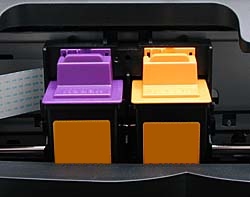
Higher compliance costs, stringent energy bills, escalating bank charges and a whole host of other financial challenges: SMEs are up against it from all angles at the moment.
So it’s little surprise that recent research by the Forum of Private Business found that the main financial concern for SMEs is the actual cost of doing business itself. When costs are only going up, how can the businesses act prudently to control their financial destiny?
Well, it’s worth starting with somewhere you can control – the office.
If a business owner comes through your door, the chances are that everyday office equipment will be a significant cost burden, meaning there’s a real opportunity to advise on the best way to save when it comes to sorting high volume administrative jobs.
We’re not being efficient
Regarding those fundamental tasks that businesses undertake on a regular basis, the printing of presentations, financial accounts and all manner of corporate collateral ranks highly in terms of frequency.
According to a study from Epson and research firm Coleman Parkes, however, inefficient printing is costing UK professional services over £45m per year[1]. The research, examining more than 500 professional services companies across Europe, found that the UK is the worst offender for habits such as printing documents and not reading them, failing to collect copy from the printer and unnecessary reprinting.
ChannelPro Newsletter
Stay up to date with the latest Channel industry news and analysis with our twice-weekly newsletter
The majority of small businesses surveyed (56 percent) don’t bother printing double-sided, while an alarming 83 percent don’t monitor the cost of their consumables (ink, toner, paper etc).
It indicates that businesses aren’t managing their office expenditure in a way which keeps costs to a minimum. Ultimately, any office manager wants a printer that simply does the job consistently, fast, at a high level, and at the lowest possible cost. That’s why I’d encourage you to instigate conversations around the business case for, and potential savings of, inkjet printers as an effective alternative to the more common place laserjet options.
By way of example, one of the UK’s largest Burger King franchisees, Karali, employs 2,500 people across 61 restaurants. It has printers in each of its outlets which are used to print food costs, stock, sales and cash control documents. Recently Karali went looking to source a new print solution with the main goal of cutting costs. It hadn’t considered inkjet before but when it tested the technology against a laser competitor, Karali found the inkjet model to be faster with 70 percent lower total cost of ownership (TCO) each year than the laser option.
Customers will appreciate your advice
If your customer is using laser technology and admin costs like printing are causing them sleepless nights, you have a great opportunity to make a difference. A high-speed inkjet all-in-one can offer 50 percent lower cost per page[2] and bring a massive reduction in total cost of ownership. Beyond that, delivering both economic and environmental benefits, an inkjet can provide an 80 percent reduction in energy consumption when compared to an equivalent laser model. That’s important when you consider a recent report from the Carbon Trust which found office equipment to be the fastest growing energy user in the business world, representing 15 percent of total energy consumption in offices and this figure is expected to double by 2020[3].
Educating businesses on technology such as this, coupled with the reiterated need for more formal management of office expenses, can make a difference. With more than half of UK small professional services firms printing upwards of 150 pages a week, the cost and energy saving potential is significant.
Whether your customer is a one man band or a larger business, the burden of printing inefficiencies will be a pain point to address, and the chance to save will be appreciated by all.
John Kelly is business manager for Business Imaging at Epson UK
[1] The cost of printing wastage was calculated using: the number of pages printed per week on inkjet and laserjet printers, the average percentage of printed pages that are wasted, the average number of pages that have a life span of less than 10 minutes, the average number of inkjet and laserjet printers per company, the average cost per printed page, and the population of professional services companies per country based on a weighted average figure from Reuters, Experian, Hoovers, Government and other published sources
[2] Comparison made against the top 10 A4 colour laser printers and MFPs sold in France, Germany, Italy, Spain, and the UK in Q4 2010 as tracked by IDC. Cost per page is calculated from manufacturers' official list prices for toner cartridges and published yields in France, Germany, Italy, Spain, and the UK as of December 2010
[3] http://www.carbontrust.com/media/13151/ctv007_office_based_companies.pdf
-
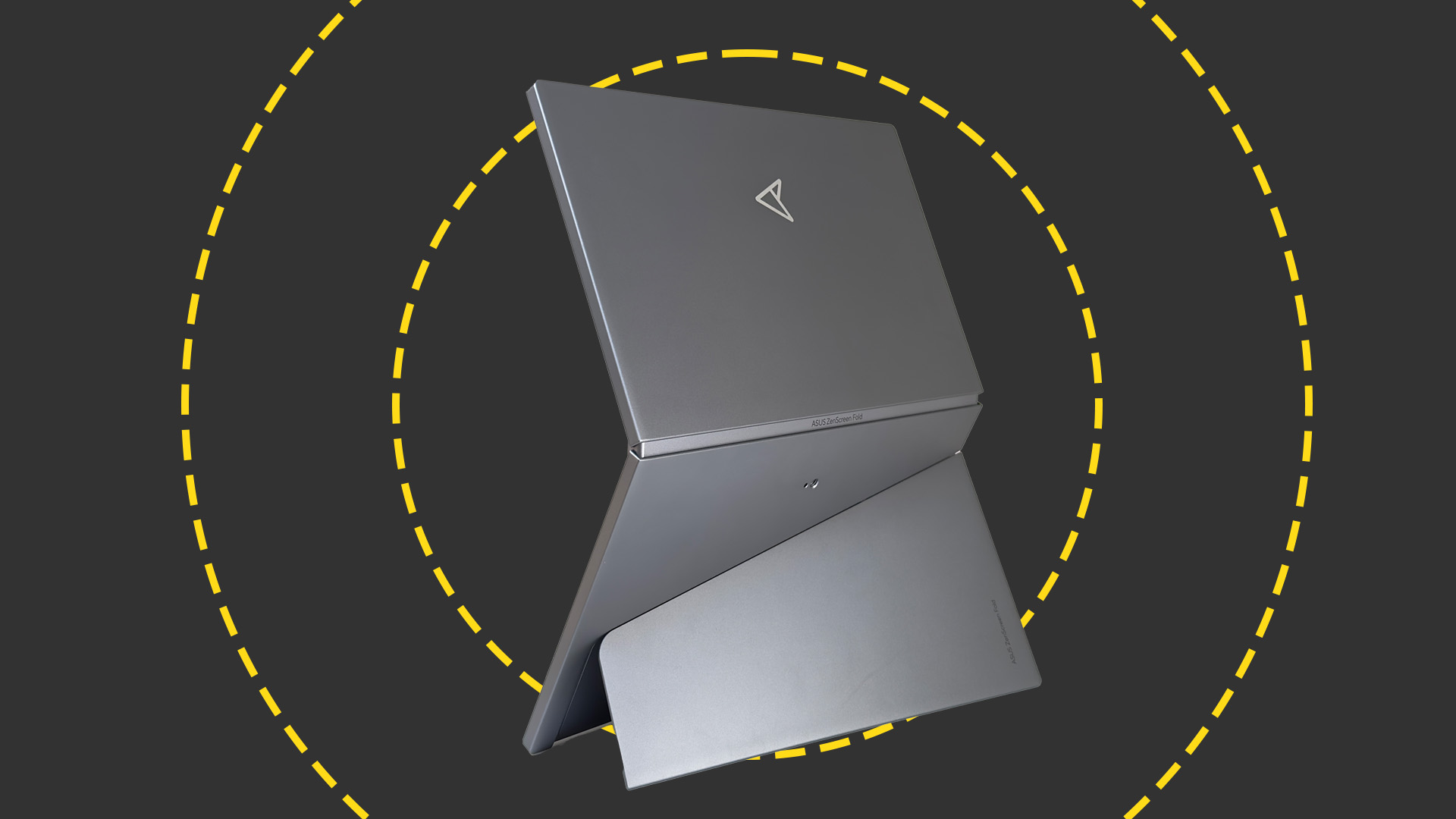 Asus ZenScreen Fold OLED MQ17QH review
Asus ZenScreen Fold OLED MQ17QH reviewReviews A stunning foldable 17.3in OLED display – but it's too expensive to be anything more than a thrilling tech demo
By Sasha Muller
-
 How the UK MoJ achieved secure networks for prisons and offices with Palo Alto Networks
How the UK MoJ achieved secure networks for prisons and offices with Palo Alto NetworksCase study Adopting zero trust is a necessity when your own users are trying to launch cyber attacks
By Rory Bathgate
-
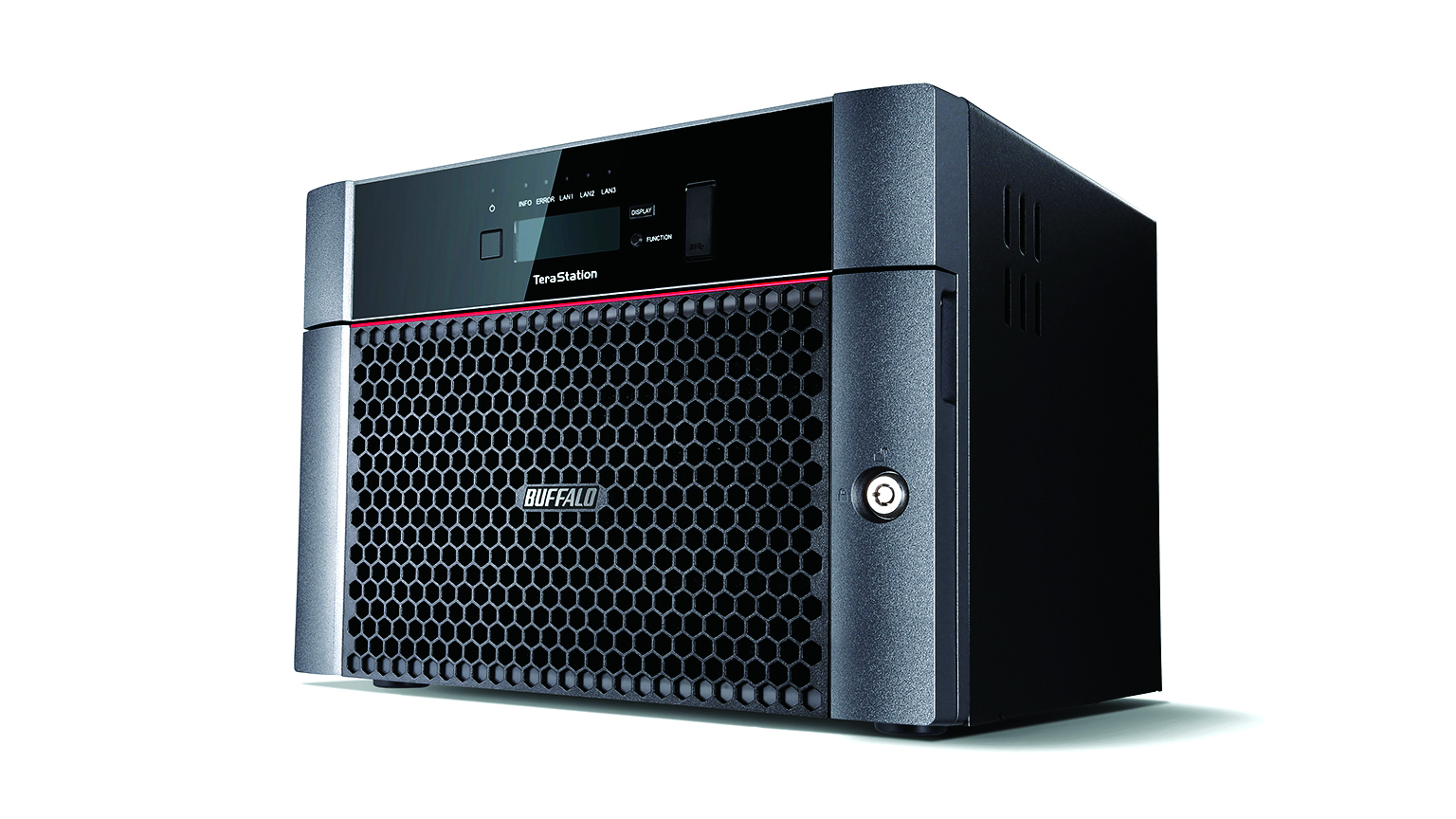
 Buffalo Technology TeraStation TS5810DN review
Buffalo Technology TeraStation TS5810DN reviewReviews A backup-friendly 8-bay beast for businesses on a budget
By Dave Mitchell
-
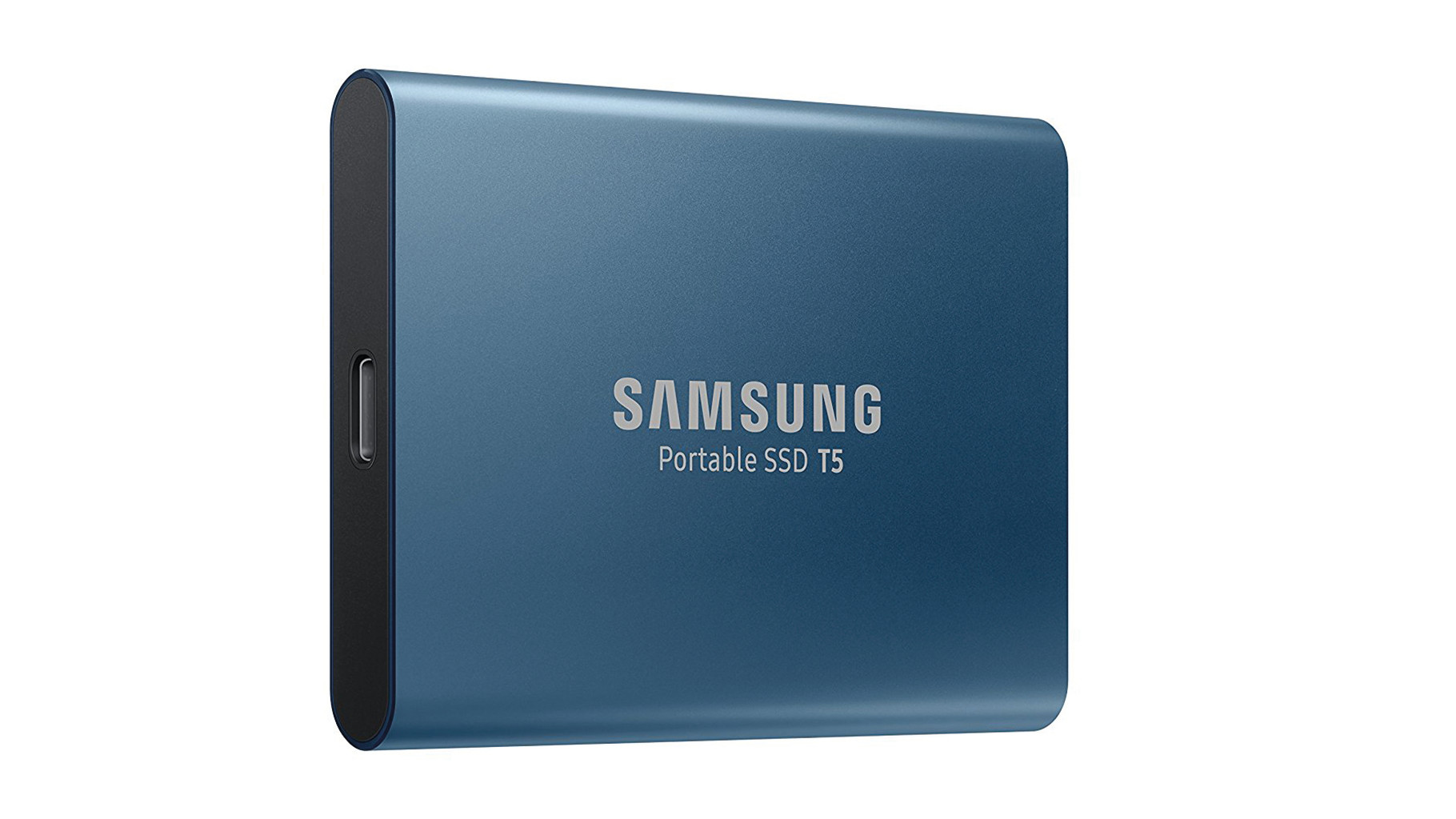
 Samsung T5 review
Samsung T5 reviewReviews A hugely fast portable SSD, but it's also one of the most expensive
By David Ludlow
-
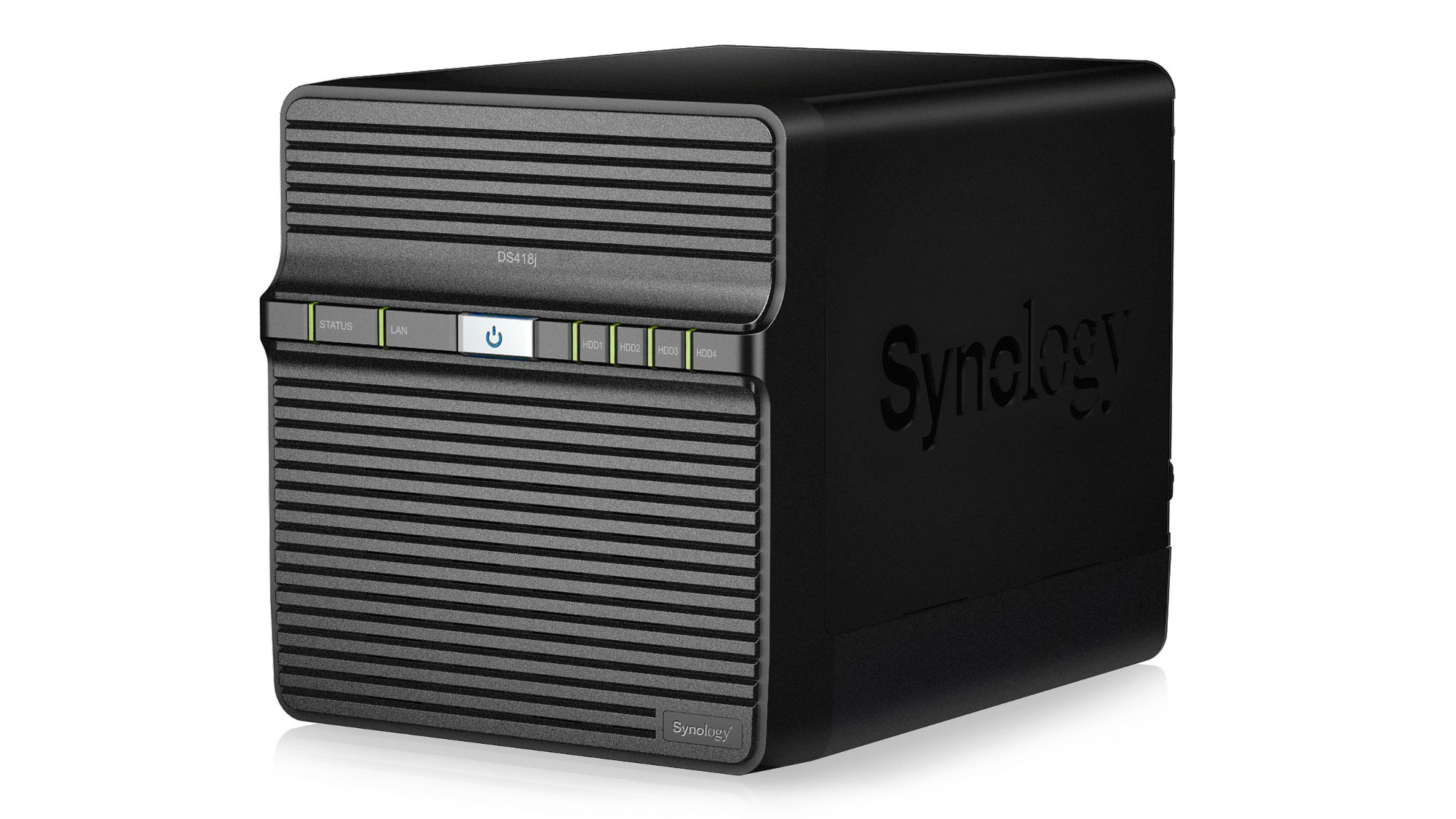
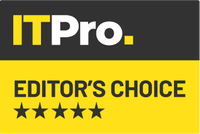 Synology DiskStation DS418j review
Synology DiskStation DS418j reviewReviews Tonnes of expansion space, lots of expansion options and great performance make this a brilliant NAS
By David Ludlow
-
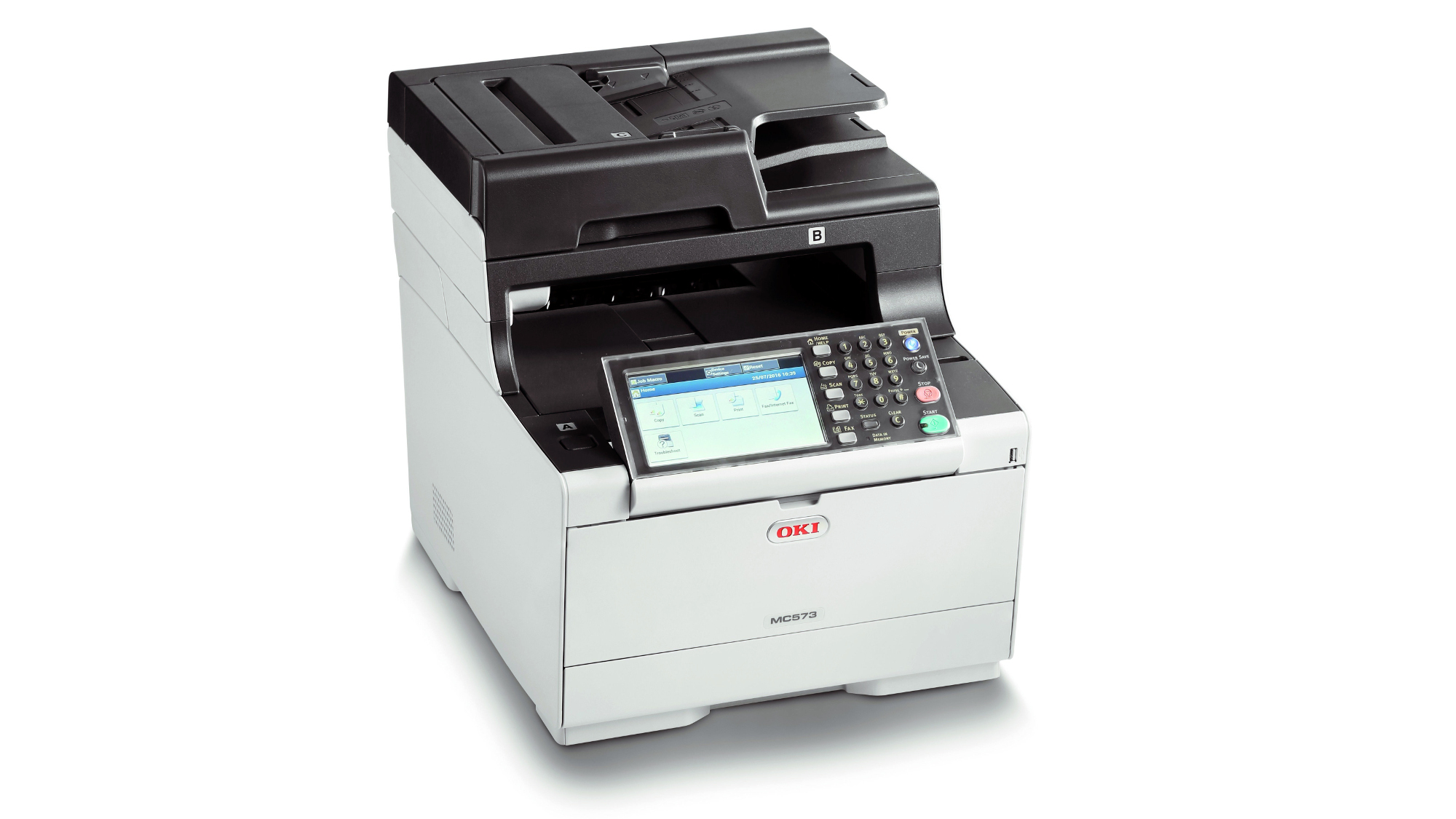 Oki MC573DN review
Oki MC573DN reviewReviews Limited cloud support but Oki’s MC573dn delivers great output quality and access security at a very affordable price
By Adam Shepherd
-
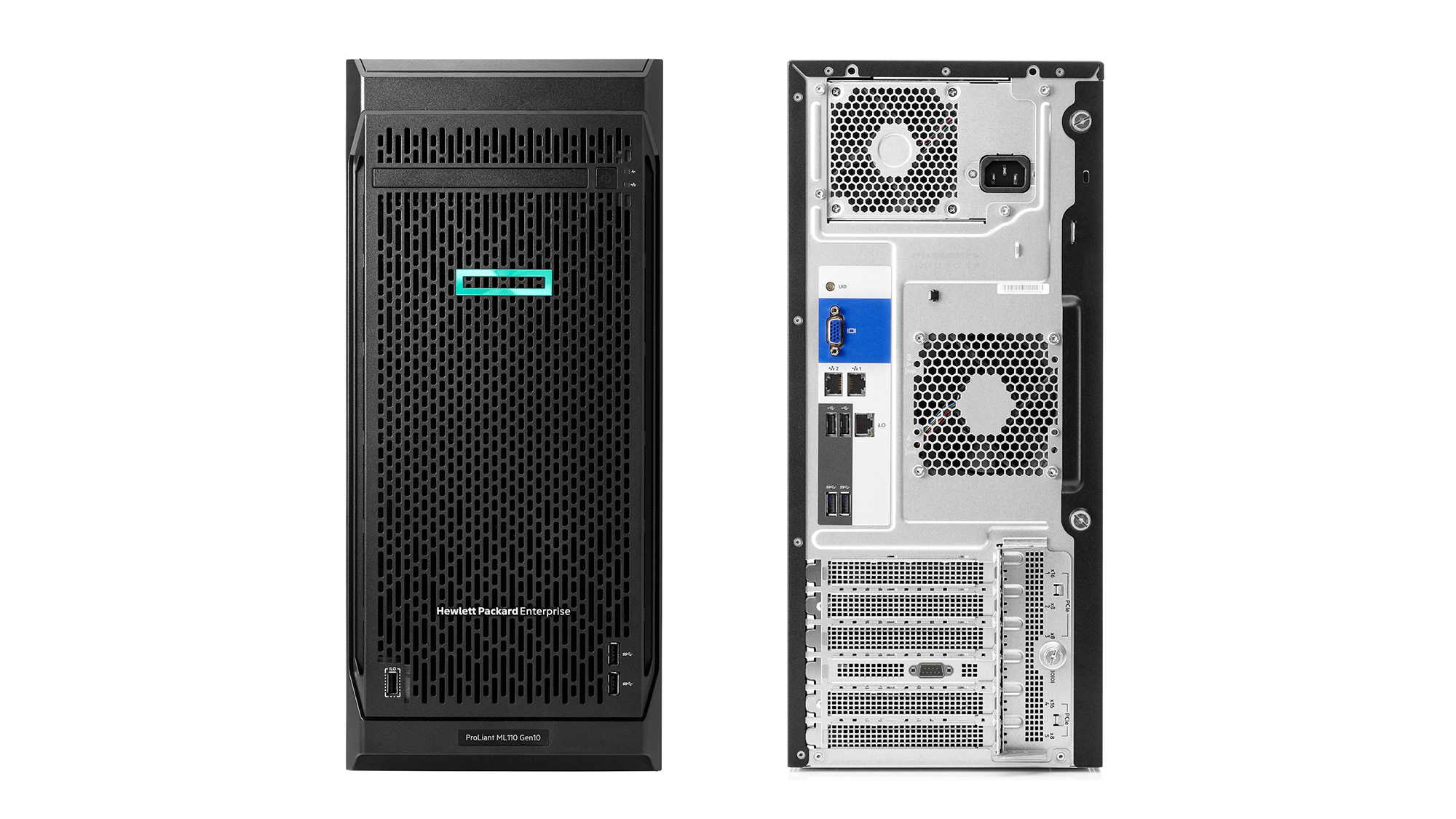
 HPE ProLiant ML110 Gen10 review: A tower of power
HPE ProLiant ML110 Gen10 review: A tower of powerReviews HPE brings Xeon Scalable processing within the reach of small businesses
By Dave Mitchell
-
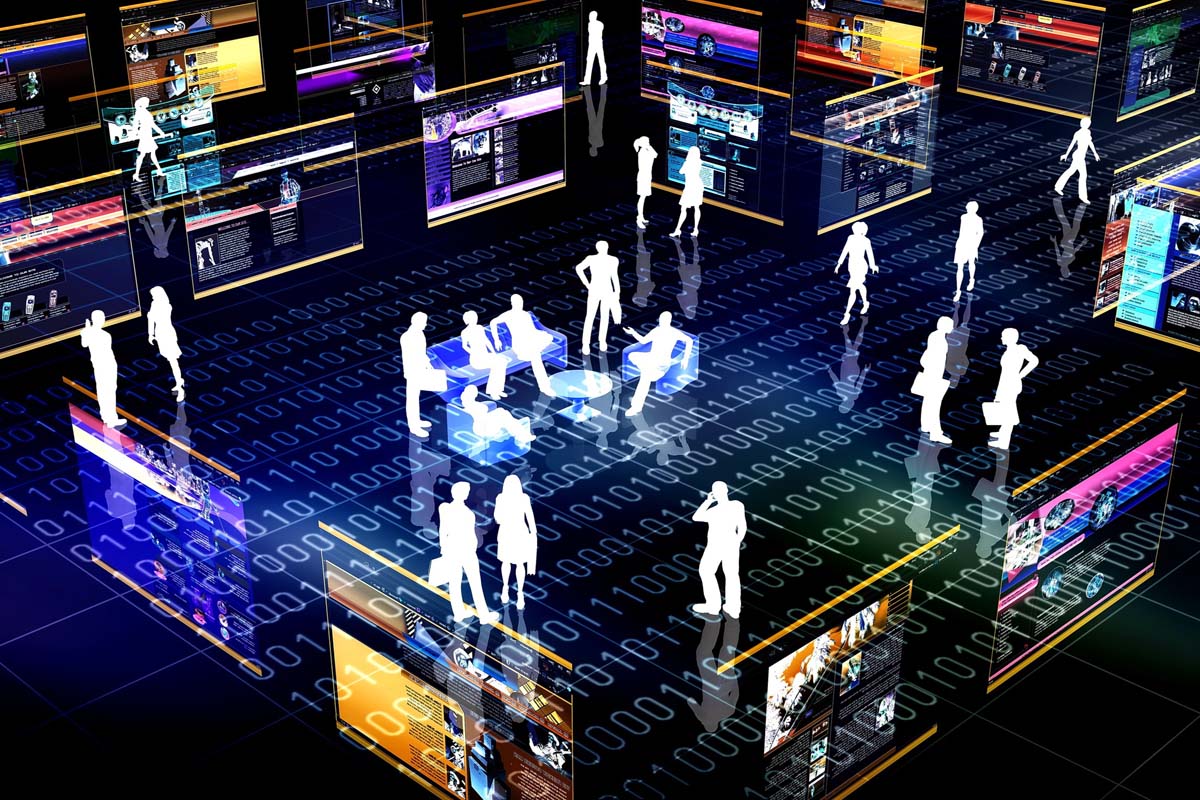 HP takes wraps off new solutions for SMBs
HP takes wraps off new solutions for SMBsNews Tech giant HP has unveiled new tech and services for small and medium businesses.
By Paul Briden
-
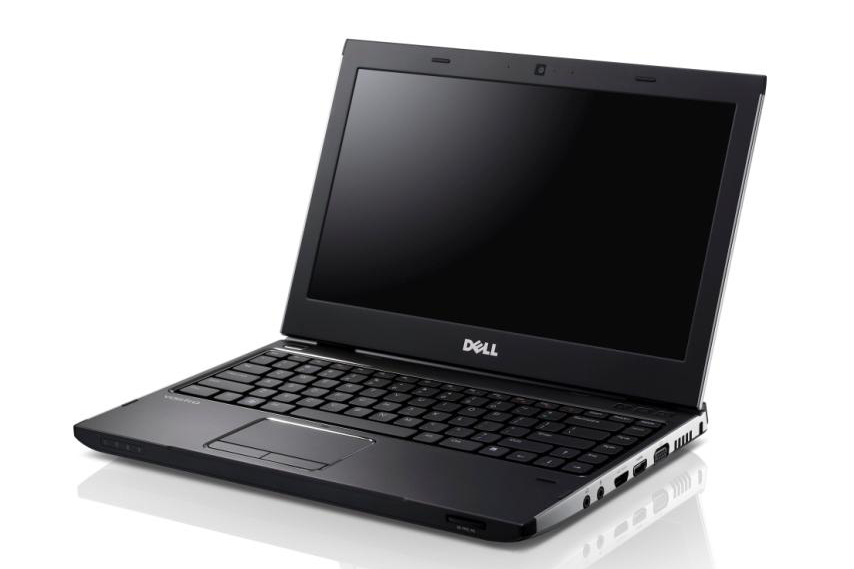 Dell targets SMBs with laptops
Dell targets SMBs with laptopsNews Dell's new laptops come with a selection of pro-collaboration features and software.
By Tom Brewster
-
 Browsing for a tablet PC to run Flash
Browsing for a tablet PC to run FlashNews Jason's quest to get his small business kitted out is not over yet. This time, he's on the lookout for a Flash-friendly tablet.
By Jason Slater